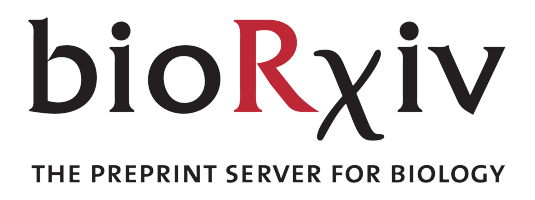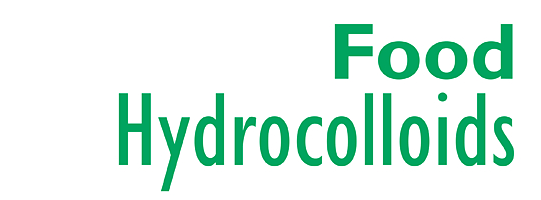Effects of solution conditions on the self-assembly of the chaperone protein DNAJB6b
Key Takeaways
- DNAJB6b exists in equilibrium between monomers and larger micellar self-assemblies, enabling dynamic control of its chaperone function.
- The size and stability of these micelles varies across pH, temperature, ionic conditions, and protein concentration.
- Combining microfluidic diffusional sizing, analytical ultracentrifugation, mass photometry, and light scattering provided detailed insight into the size, stability, and dynamics of DNAJB6b assemblies.
- The self-assembly behaviour of DNAJB6b is likely central to its role in preventing protein aggregation and maintaining cellular proteostasis.
How did Labbot support this work?
- Detailed pH titration to determine regions of stability and precipitation.
Abstract
Chaperone proteins are essential for maintaining proteostasis. Their main role is to assist with the folding of other proteins and to prevent the aggregation of misfolded proteins. The molecular chaperone DNAJB6b efficiently suppresses amyloid formation of several peptides. This activity may rely on the same physicochemical properties as those driving chaperone self-assembly into large micellar-like oligomers. We have therefore undertaken a systematic study of DNAJB6b’s self-assembly under different solution conditions. Using complementary biophysical techniques, we probe variations in aggregation number distribution and hydrodynamic radius, upon variation of pH, temperature, ionic strength, or anions across the Hofmeister series. We find that DNAJB6b maintains its propensity to self-assemble under all solution conditions examined. The size and compactness of the micelles change upon unfolding of the C-terminal domain, although a folded C-terminal domain does not drive micelle formation, which can likely be ascribed to hydrophobic interactions in the linker region. Mass photometry reveals that monomers of DNAJB6b coexist at equilibrium with the micelles. Furthermore, the free energy barrier for micelle dissociation into monomers was estimated by measuring dissociation rate constants at different temperatures.
Other Publications Featuring Labbot

Phase separation of protein kinase A regulatory subunits is driven by similar inter- and intra-molecular interactions involving the inhibitory segment
In the cell, proteins can phase separate to form local, transient compartments that regulate key functions. But what are the driving forces behind this, and how does it relate to other types of protein interactions? To address this, the Magnus Kjærgaard research group in Aarhus developed a framework to quantify the distinct energetic forces governing these interactions.

Tunable self-association of partially dephosphorylated beta-casein
Adapting milk protein from cows for human infant nutrition requires an in-depth understanding of how the proteins differ. In this collaboration between the University of Copenhagen and Arla Foods Ingredients, the authors explored how calcium and phosphorylation state govern the self-association of industrially prepared β-casein.

Modulating protein unfolding and refolding via the synergistic association of an anionic and a nonionic surfactant
This paper explores the complex interactions between proteins and surfactants. Through careful titration, the authors reveal how proteins undergo unfolding and refolding at varying ratios of ionic and nonionic surfactants, uncovering unexpected behaviors along the way. A deeper understanding of this interplay is essential for applications that rely on surfactants to stabilize proteins, including drug formulation, biotechnology, and beyond.

